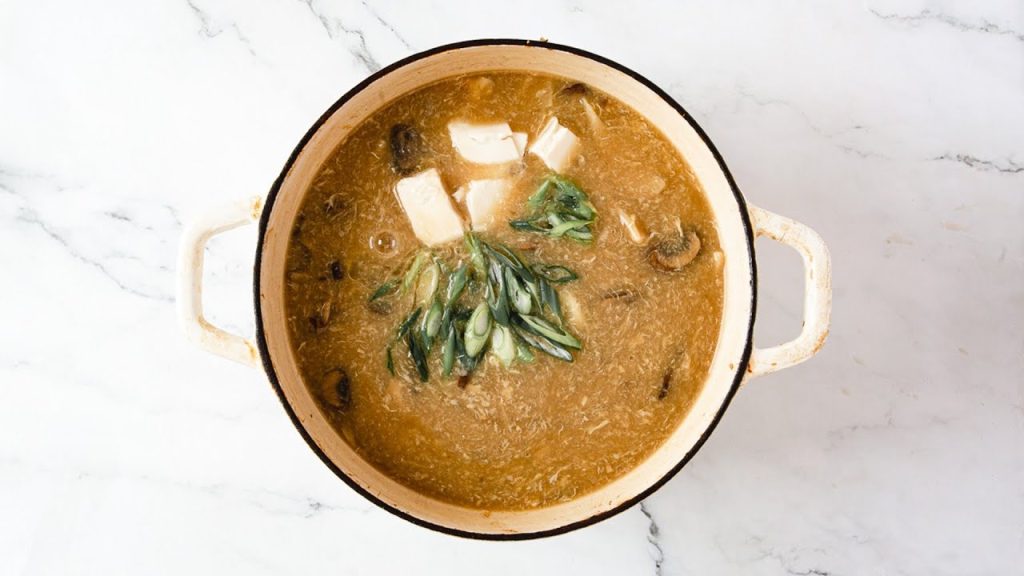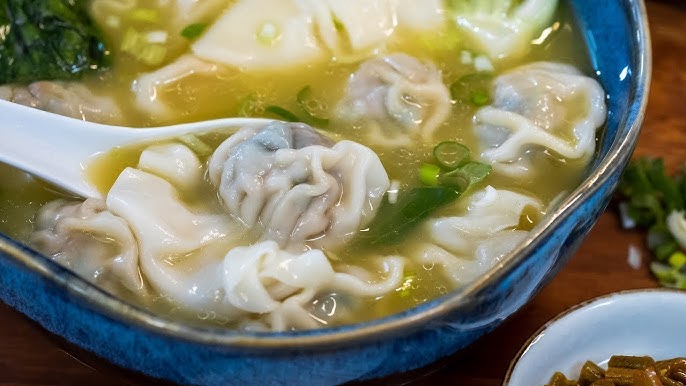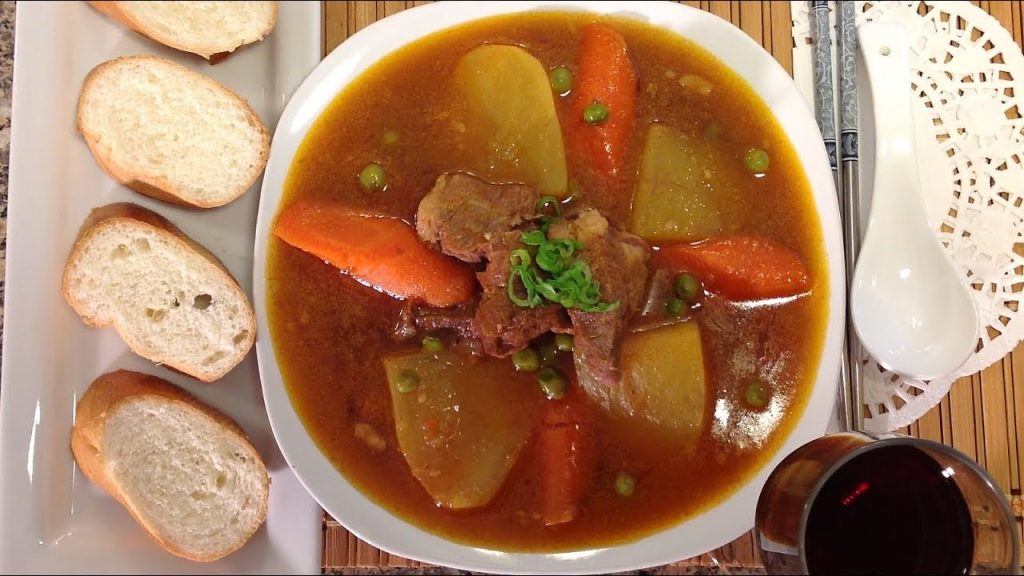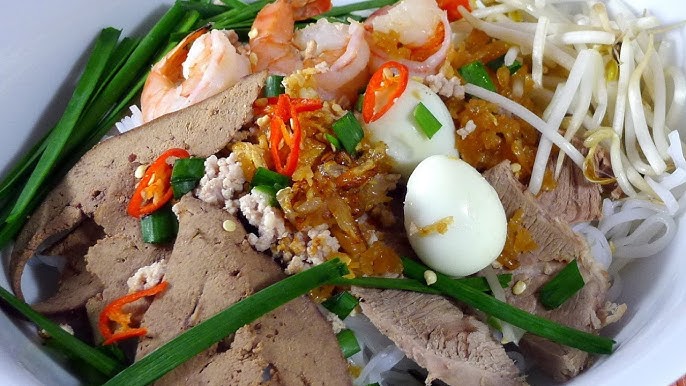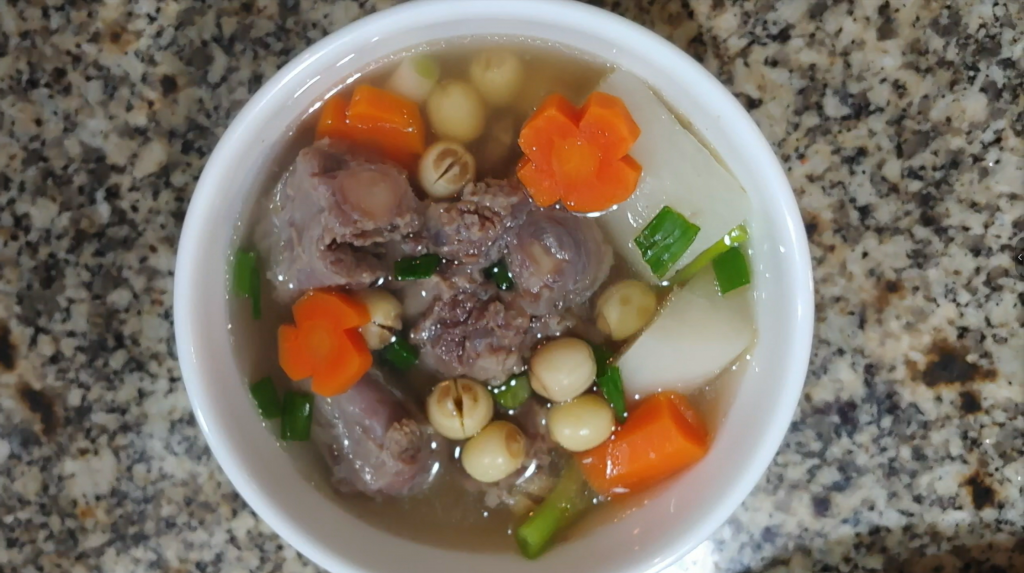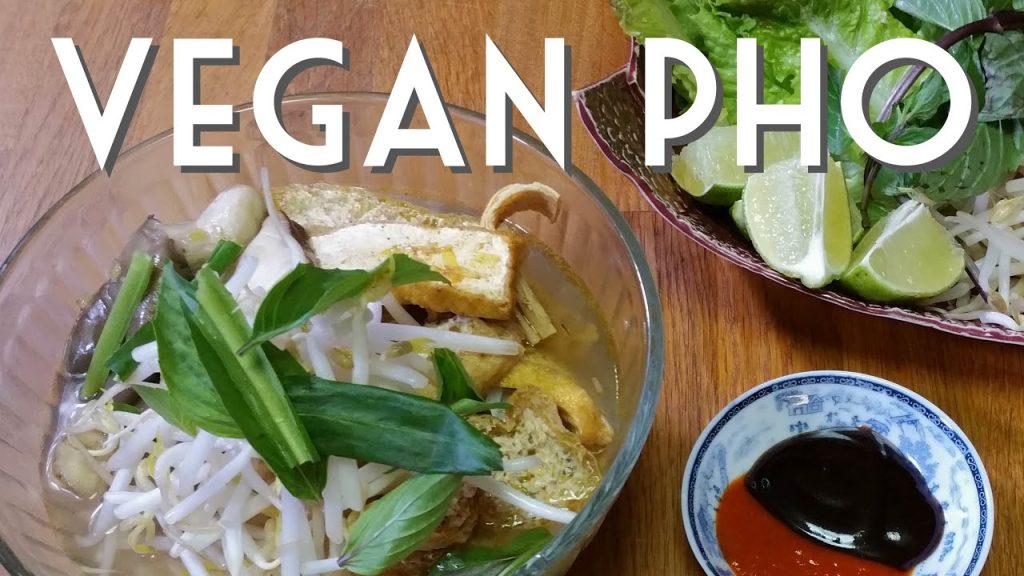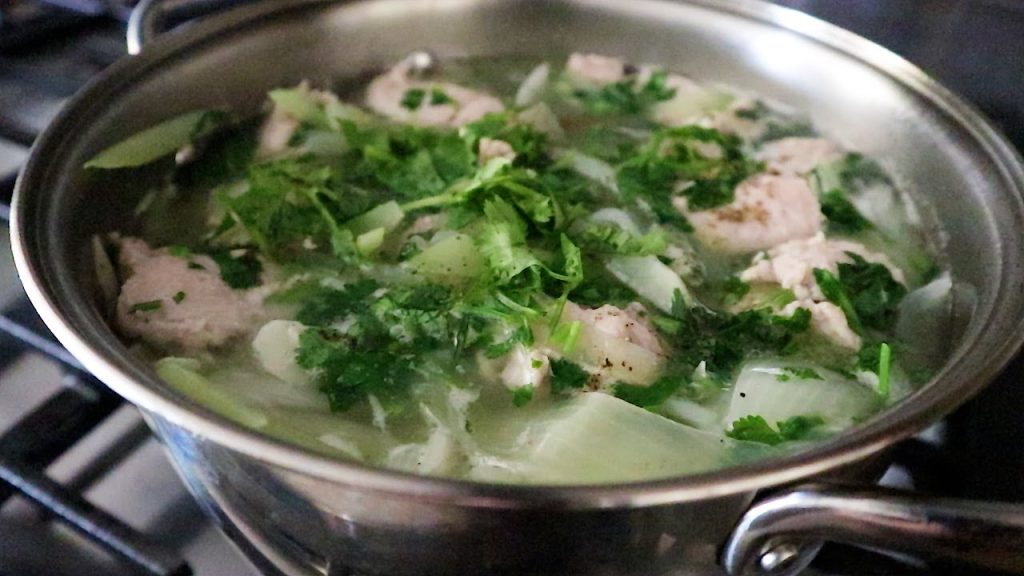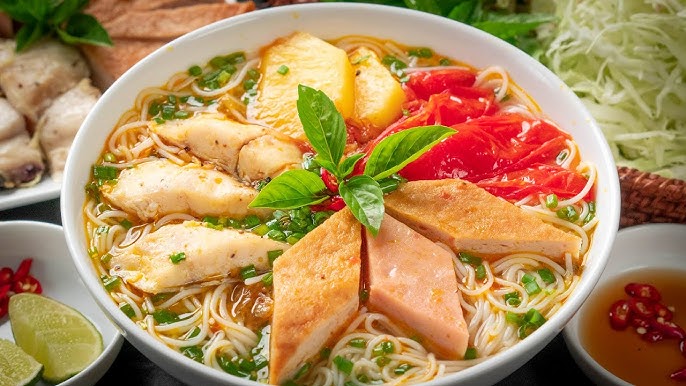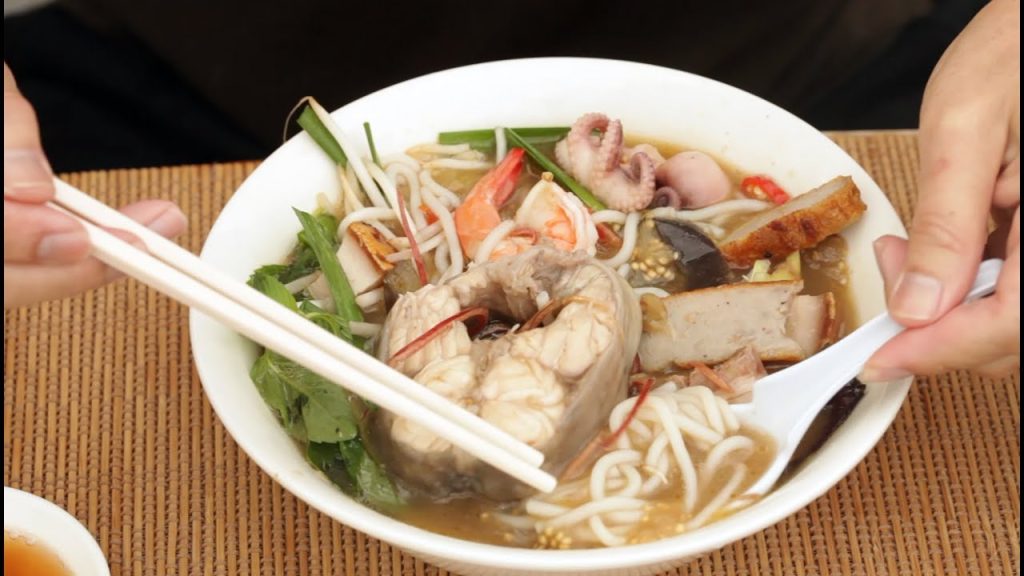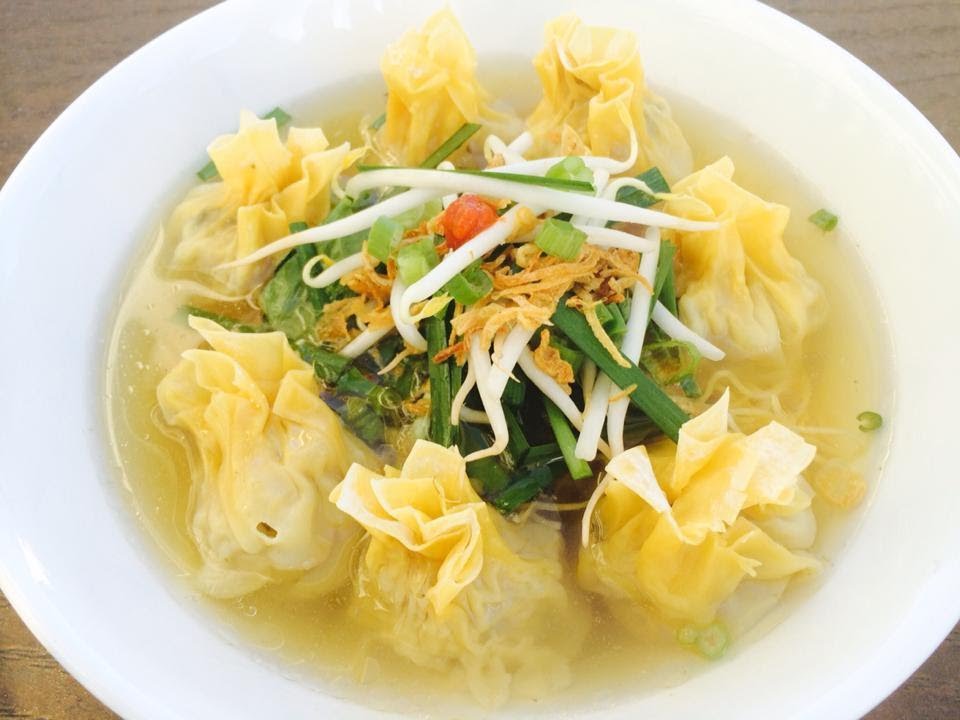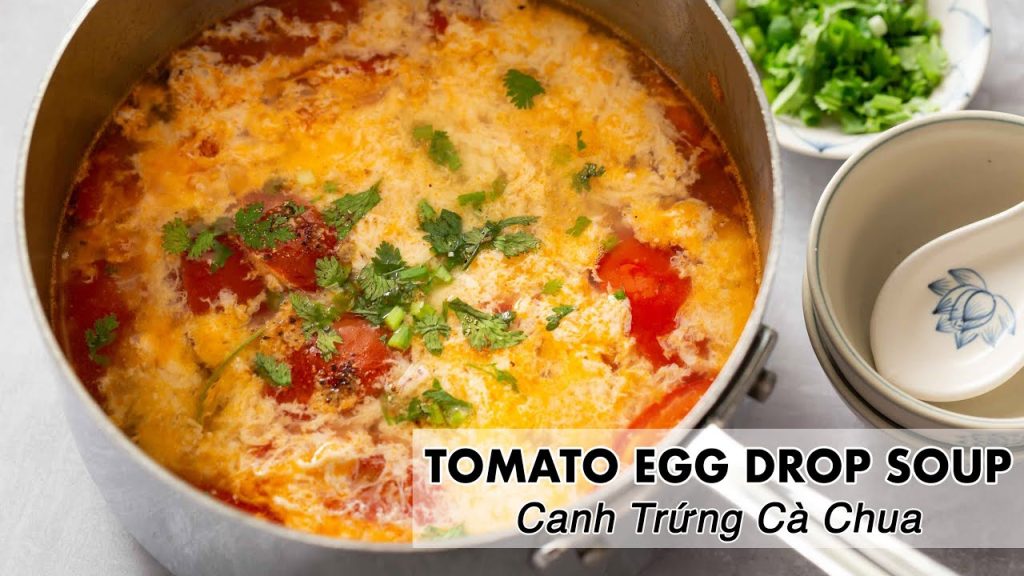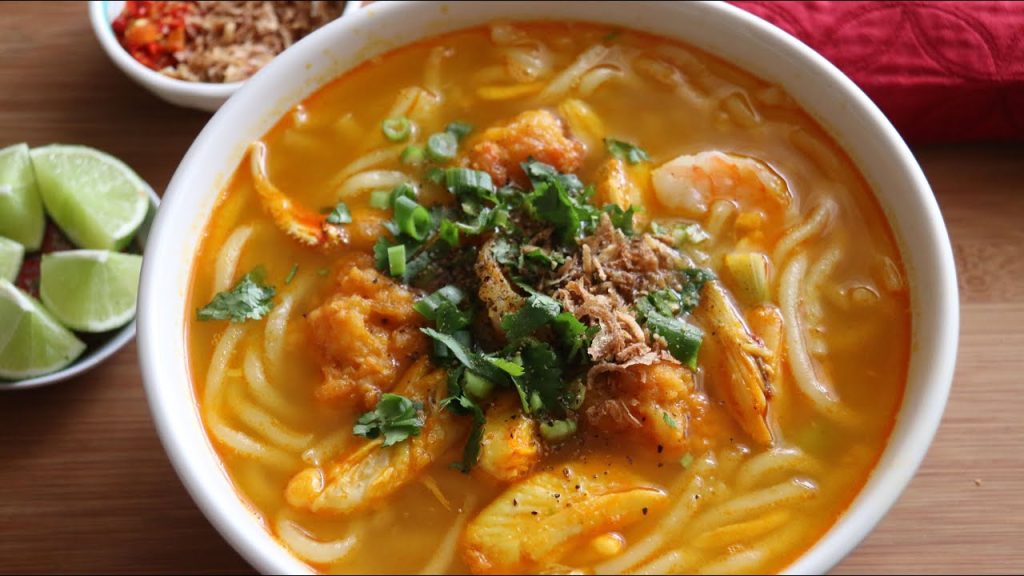Vietnamese hot and sour soup vegan is a perfect example of how Vietnamese cooks adapt traditional recipes to suit dietary preferences, without compromising on taste. This vegan soup features a tangy tamarind base enriched with pineapple, tomatoes, and a variety of aromatic herbs such as cilantro and basil. Tofu often replaces fish, providing a satisfying protein source, while adding okra, bean sprouts, and other vegetables contributes to a nourishing, full-bodied dish.
This introduction to Canh Chua Chay will guide you through the history and cultural significance of this soup, highlight its health benefits, and walk you through how to prepare it at home. Whether you’re a long-time vegan or just looking to diversify your culinary repertoire, Canh Chua Chay is a flavorful adventure into Vietnamese cooking that promises delight with every spoonful.
Table content
- Cultural Significance and Origins
- Regional Variations
- Spotlight on Key Vietnamese Hot and Sour Soup Vegan Ingredients
- Allergen-Friendly Swaps
- How to Cook Vietnamese Hot and Sour Soup Vegan?
- Cooking and Storage Tips
- Suggested Pairings
- Where to Source Ingredients
- Conclusion: Vietnamese Hot and Sour Soup Vegan
- Vietnamese Hot and Sour Soup Vegan (Canh chua Chay)
Cultural Significance and Origins

Like many traditional dishes, canh chua has humble roots as a peasant dish that made use of ingredients available to the rural poor. The dish likely originated in southern Vietnam, where an abundance of fresh herbs, vegetables, and tropical fruits could be readily incorporated.
Over time, canh chua grew ubiquitous at family meals and celebrations alike. Its sour and pungent profile reflects the Vietnamese penchant for sour flavors, further enhanced by the addition of pickled vegetables and tart fruits. As a soup, it embodied the Vietnamese preference for nutrient-rich broths that were light yet filling.
Beyond flavor, the soup took on additional cultural symbolism. Its reliance on foraged herbs and greens celebrated the connection between humans and the natural world. Its balance of protein and vegetables embodied the Vietnamese values of health and vitality. Eventually, canh chua came to represent Vietnamese resourcefulness, adaptability, and vibrancy as a whole.
Regional Variations
Given its long history and popularity across Vietnam, canh chua has naturally evolved into a number of regional variations:
- Northern Vietnam: Most similar to the original version, with dill, green papaya, and pineapple. Emphasizes sourness.
- Central Vietnam: Uses more coconut milk and spices like galangal and lemongrass. Tastes richer and more fragrant.
- Southern Vietnam: The most widespread version. Relies heavily on vegetables, herbs, and tropical fruits. Extremely sour.
- Mekong Delta: Lots of fish and shrimp. Mint and bean sprouts garnish. Lower in sourness.
- Overseas Vietnamese: Adaptations using local produce. More coconut milk for richness.
Despite regional differences, the unifying hallmark of canh chua remains its invigorating sourness, followed by spiciness, herbal aroma, and fresh flavors.
Spotlight on Key Vietnamese Hot and Sour Soup Vegan Ingredients
Vietnamese hot and sour soup vegan replaces animal protein with plant-based ingredients that make the soup hearty yet still light. Here are some that shine:
- Tamarind: The soup’s signature sourness comes from tamarind paste or pulp. Rich in antioxidants like vitamin C.
- Tomato: Adds sweet-tart flavor and boosts umami. Excellent source of lycopene and vitamin C.
- Pineapple: Heightens sweet-sour balance. Contains bromelain, an anti-inflammatory enzyme.
- Shiitake mushrooms: Meaty, umami-rich flavor. High in immunity-boosting beta-glucans.
- Tofu: Protein-packed base. Look for firm or dried tofu that won’t disintegrate.
- Green papaya: Crunchy, with slight tartness. Packed with digestive enzymes.
Allergen-Friendly Swaps
Part of Vietnamese hot and sour soup vegan’s appeal lies in its adaptability to different diets. Try these modifications:
- Gluten-free: Replace wheat noodles with rice noodles. Omit hoisin and soy sauce.
- Nut-free: Substitute sunflower seed butter for peanut butter. Use coconut aminos instead of soy sauce.
- Nightshade-free: Swap tomatoes for extra pineapple. Omit red chili peppers.
- Soy-free: Use coconut aminos instead of soy sauce. Replace tofu with extra vegetables.
How to Cook Vietnamese Hot and Sour Soup Vegan?
Now, let’s make some vegan Vietnamese hot and sour soup vegan. Be prepared for some advance prep. Here is an overview of the hands-on process:
Prep the soup base
- Soak dried shiitake mushrooms until softened. Discard stems and thinly slice caps.
- Prepare your broth of choice – vegetable, mushroom, kombu dashi, etc.
- Prepare the tamarind liquid by soaking tamarind pulp in hot water. Mash, then strain out seeds and fibers.
Prep the vegetables
- Drain and rinse the green papaya. Shred into matchsticks.
- Peel and cut the pineapple into chunks.
- Cut the tomatoes into wedges.
- Press the tofu, then cut into 1-inch cubes.
Prep the aromatics
- Thinly slice the onion. Mince the garlic and ginger.
- Pick the herb leaves. Chop the stems.
- Make the spice blend by dry-frying coriander, chili, cloves, and cinnamon.
Cook the soup
- In a pot, sauté onions, garlic, and ginger. Add spices and herb stems.
- Pour in broth and pineapple juice. Simmer for 15 minutes.
- Add mushrooms, tofu, tomatoes, and green papaya. Cook 5 minutes more.
- Stir in tamarind liquid. Adjust sourness to taste.
- Remove from heat. Stir in herbs just before serving.
Cooking and Storage Tips
- Use vegetable broth fortified with umami flavors like dried mushrooms or miso paste for a meatier base.
- Increase tartness by adding lime juice at the end.
- For braised tofu texture, pan-fry tofu before adding to soup.
- Garnish with bean sprouts, chili slices, or coconut milk swirl for texture and creaminess.
- Store soup broth and tofu separately in the fridge up to 3 days. Combine when reheating.
Suggested Pairings

- Rice noodles or baguette with dipping sauce
- Steamed jasmine rice
- Herb and lettuce plates for DIY wraps
- Vietnamese spring rolls (fresh or fried)
- Banh mi sandwich
Drink pairings:
- Vietnamese iced coffee
- Young coconut juice
- Chrysanthemum tea
- ginger ale
Where to Source Ingredients
Some key ingredients may require a trip to specialty grocers. Here are a few options to find them:
- Asian grocery stores for herbs, chili peppers, noodles, coconut milk, and tofu.
- Latin grocery stores for tamarind paste and fresh pineapple.
- Health food stores for unusual mushrooms like wood ear or enoki.
- Online retailers for galangal, lemongrass, shrimp paste, and other Southeast Asian ingredients.
- Farmer’s markets for the freshest pineapple, herbs, sprouts and chili peppers.
Conclusion: Vietnamese Hot and Sour Soup Vegan
With its hypnotizing balance of sour, sweet, salty, and spicy, canh chua chay offers an exciting way to discover Vietnamese flavors through plant-based ingredients. Part of its wonder lies in the option to improvise based on produce availability and personal taste. As this soup continues evolving across continents, canh chua chay will remain a tantalizing reflection of Vietnam’s vibrant food heritage.

Ingredients
- Broth Base:
- 7 cups water
- 1 package vegan mushroom broth or vegetable broth
- Sour Agent (choose one):
- 1 (15oz) can pineapple chunks (with juice)
- OR 1 tablespoon tamarind paste mixed with 1/2 cup hot water
- OR 1/4 cup chopped green mangoes
- Vegetables:
- 1 medium tomato, sliced
- 1 cup okra, sliced diagonally (optional)
- 1 cup bean sprouts
- ½ cup fresh mushrooms (such as white, shiitake, or straw), sliced
- ¼ cup fresh pineapple chunks (if not using canned)
- Protein (choose one or two):
- 1 block firm tofu, cubed and pan-fried
- OR 1 cup chopped jackfruit
- OR ½ cup sliced vegan luncheon meat
- Aromatics:
- 1 tablespoon vegetable oil
- 1 clove garlic, minced
- 1 shallot, thinly sliced (optional)
- Seasoning:
- 1-2 tablespoons sugar (or palm sugar)
- 1 tablespoon soy sauce
- Salt and black pepper to taste
- Garnishes (optional):
- Fresh cilantro, chopped
- Chopped green onions
- Lime wedges
- Chili flakes (for extra spice)
Instructions
- Prepare the Broth:
- In a large pot, heat vegetable oil over medium heat. Add garlic and shallot (if using) and saute until fragrant.
- Pour in water and vegetable broth. Bring to a boil.
- Add Vegetables and Protein:
- Add your chosen vegetables (tomato, okra, mushrooms, pineapple) and simmer for 5-7 minutes, or until slightly softened.
- If using tofu, add it now and simmer for a few minutes to heat through. Alternatively, pan-fry the tofu cubes before adding them to the soup.
- Add Sour Agent:
- Choose one souring agent: canned pineapple (with juice), tamarind paste mixture, or chopped green mangoes. Add it to the pot and simmer for another 2-3 minutes.
- Season and Garnish:
- Season the soup with sugar, soy sauce, salt, and black pepper to taste.
- Turn off the heat and stir in bean sprouts.
- Serve hot garnished with fresh cilantro, chopped green onions, lime wedges, and chili flakes (optional).
Notes
- Adjust Sourness: Taste the soup and adjust the amount of souring agent to your preference.
- Protein Options: Feel free to experiment with different vegan protein options like lentils, chickpeas, or vegan meatballs.
- Leftovers: Store leftover soup in an airtight container in the refrigerator for up to 2 days. Reheat gently on the stovetop.
- Variations: Some recipes might include additional vegetables like green beans, eggplant, or cabbage. You can also add a teaspoon of fish sauce for extra depth of flavor (not strictly vegan though).
Nutrition Facts
Vietnamese Hot and Sour Soup Vegan (Canh chua Chay)
Serves: 4-6 servings
|
Amount Per Serving: 1 bowl
|
||
|---|---|---|
| Calories | 250-350 | |
| % Daily Value* | ||
| Total Fat 5-10g | 7.7% | |
| Saturated Fat 1-2g | 5% | |
| Trans Fat 0g | ||
| Cholesterol 0mg | 0 | |
| Sodium 400-600mg | 16.7% | |
| Total Carbohydrate 30-40g | 10% | |
| Dietary Fiber 5-7g | 20% | |
| Sugars 10-15g | ||
| Protein 10-15g | ||
| Vitamin A Moderate | Vitamin C Moderate | |
| Calcium Low | Iron Good | |
* Percent Daily Values are based on a 2,000 calorie diet. Your daily values may be higher or lower depending on your calorie needs.
Vietnamese food recipe

Hello! I’m Christine Ha – a food nerd in love with eating, cooking, photography, science, and culture.
Vietnamese food was always on the table when I was a kid, but I didn’t really care for it until my late teens (what a waste!). I was a super picky eater and mostly just wanted fast food. Somewhere down the line I flipped a switch, and now home-cooked food is something I appreciate so much more. ⮕About me

